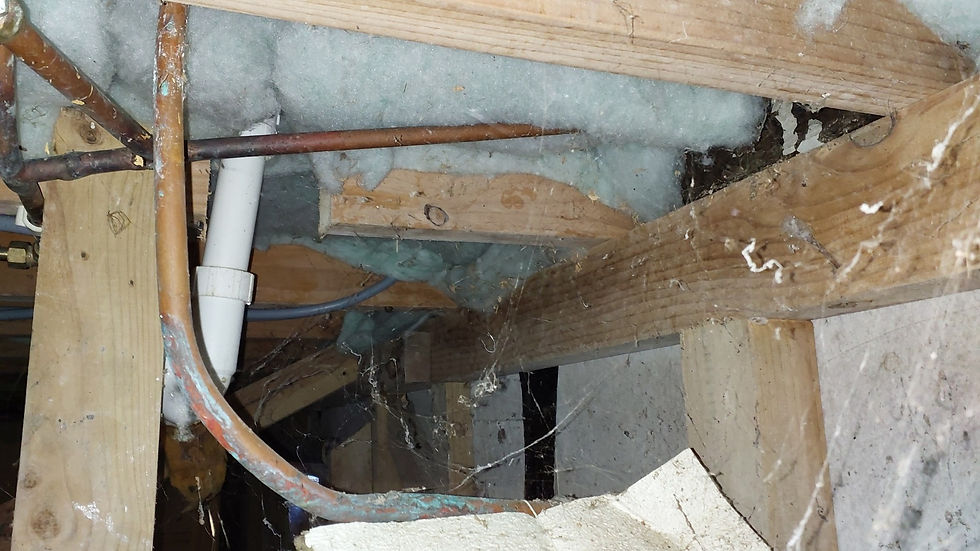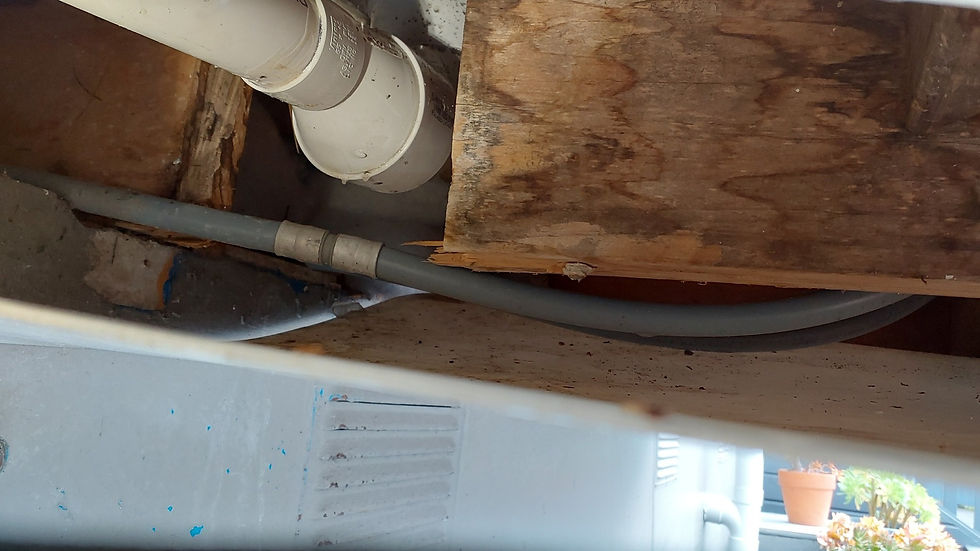Dodgy handy man repairs discovered
- Alex Willis
- Aug 15
- 1 min read
When Joists Get “Hacked”—Structural Risks You Shouldn’t Ignore
During numerous pre‑purchase house inspections across Auckland, I often uncover shocking shortcuts—joists or bearers that have been cut without any reinforcement to route waste plumbing. What looks like a quick fix is actually a serious structural risk.



What’s the issue?
According to New Zealand Standard NZS 3604:2011, only small, precisely located notches or holes are permitted in joists—and even those must adhere to stringent limits (maximum depth is one‑fifth of the joist’s depth or 32 mm, whichever is less; holes must be in the middle third of the joist and within specified zones)
If joists are cut beyond these allowances—especially at mid‑span or without reinforcement—they compromise the joist’s strength and load‑bearing capability
Common consequences of improper cuts:
Bouncy floors: Cuts can significantly reduce the joist’s load capacity and stiffness, leading to noticeable deflection or bounce underfoot.
Failed DIY “fixes”: Some homeowners or trades add inadequate supports—like poorly attached sistering or makeshift braces—that don’t restore structural integrity.
Why it matters:
Such structural compromises can lead to premature floor failure, safety hazards, and costly fixes for unsuspecting buyers.
It's also a potential issue for building consent and compliance, as the Building Code expects structures to meet standards laid out in NZS 3604 or have engineered alternatives
What proper reinforcement looks like:
If cuts are unavoidable, industry practice recommends sistering—adding a full‑length, same‑sized joist alongside the cut one—or using steel splice plates, headers, or boxed reinforcements to restore capacity


Comments